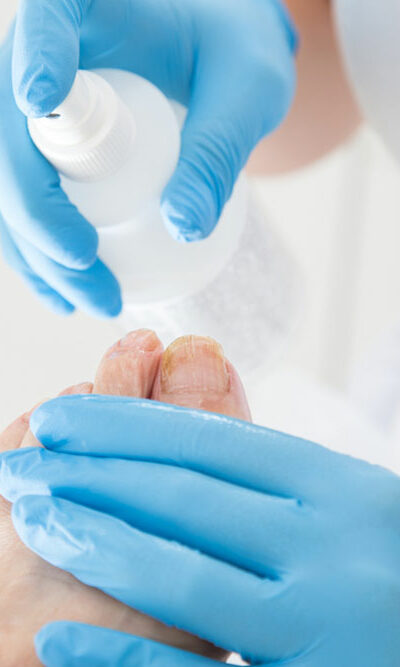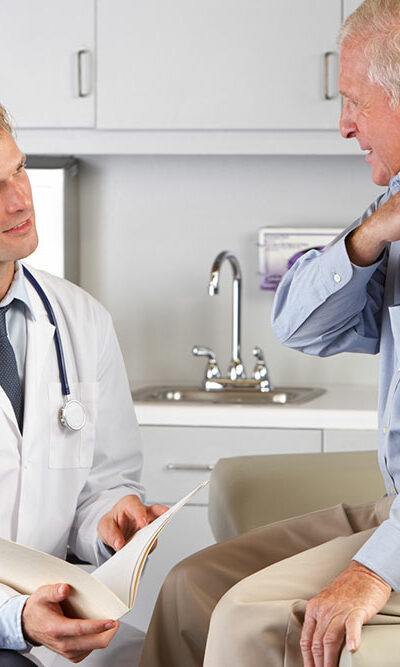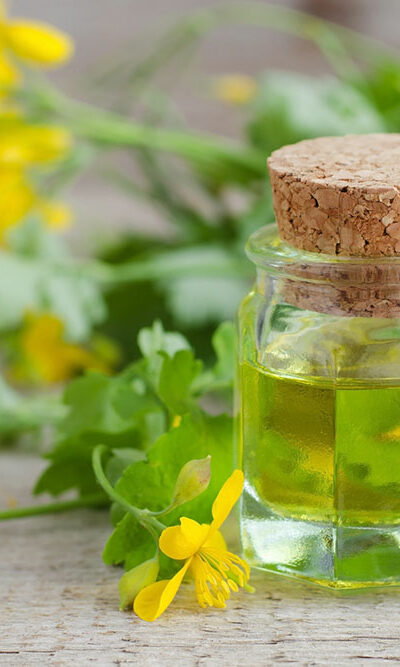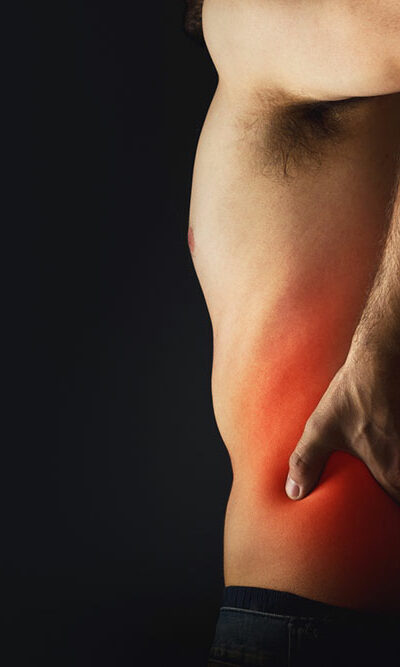
What You Need to Know about Bags under Your Eyes
Most of us notice bags under our eyes when we are very exhausted. Many start getting bags under their eyes with growing age. This is not a medical problem that should cause you a lot of concern. Usually, home remedies are an effective solution. Lifestyle changes are also required and can be helpful in preventing it from occurring. Symptoms Mild swelling Sagging skin or loose skin Dark circles What causes bags under your eyes? With age, the supporting muscles and tissues of your eyes become weaker. As there is sagging of the skin, fat in the orbit of the eye moves into this area. There could be fluid accumulation in the area leading to a puffy appearance. This could become worse with retention of fluid due to a salty meal, poor sleep, allergies, smoking or genetic reasons. Ways to get rid of bags under your eyes Salt intake: The region around your eyes is one of the places which have high sodium and water moves from the low-sodium areas to the high-sodium areas. Ensure that you don’t take additional salt while having dinner as this is one of the causes of puffy eyes. Allergies : There is a direct correlation between puffiness of the eyes and allergies. However, over-the-counter medications for allergies not only stop a runny nose but also help in removing the puffiness of the eyes as well. Neti pot : Using a neti pot, salt water can be poured in one nostril and then drained out through the other nostril. The additional moisture that accumulates from colds, seasonal allergies and infections is removed by this. The sinuses are irrigated and mucus, as well as other types of debris, are removed. Sleep position : The way you sleep has a bearing on the puffiness of the eyes. Fluid accumulates under your eyes due to gravity.










